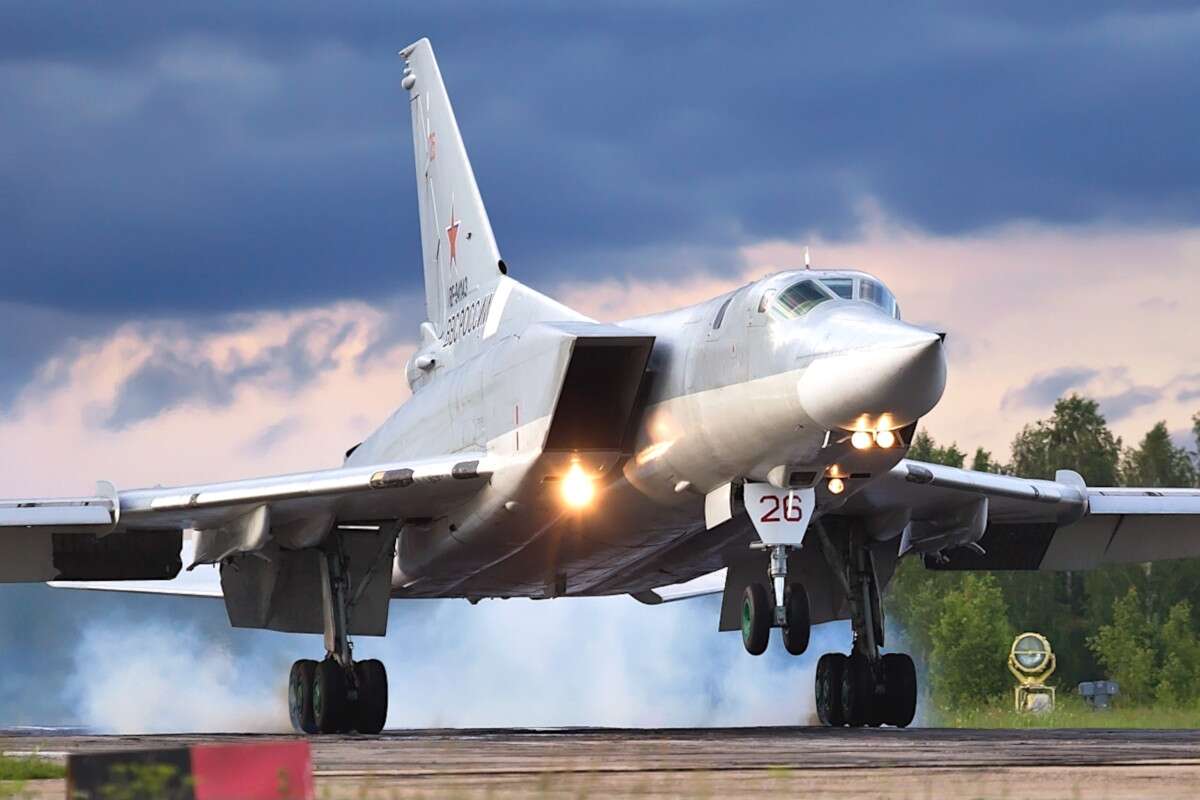Russian Tu-22M3 bombers and Su-34 Fullback combat fighter jets have been grounded following a series of accidents. The most recent accident occurred on Jan. 22, when a Tu-22M3 Bomber crashed while trying to land at Olenya Air Base near Olenegorsk in Russia’s Murmansk Oblast, killing three of the four crew on board.
On Jan. 18, 2019, a pair of Su-34s crashed into the Sea of Japan after reportedly colliding with each other. Search and rescue teams safely recovered the pilot of one of the planes, as well as the bodies of the two crew from the other jet. The fourth individual involved in the accident remains missing.
In both cases, the aircraft were on regular missions in regions that have garnered increased attention as of late. Russia and Japan remained locked in a dispute over the final status of the Kuril Islands chain in the Sea of Okhotsk, further to the northeast of the Sea of Japan.

Tensions over the issue have recently spiked and Russian combat aircraft, such as the Su-34s, routinely fly patrol and training missions in the Far East near Japan, often prompting the Japan Self-Defense Forces to scramble jets to intercept them.
Similarly, the Tu-22M3 returning to Olenya could have been completing a training or other flight over the Arctic region, which has become increasingly strategic in recent years. On Jan. 1, 2019, the Russian Ministry of Defense issued a statement specifically noting its plans to increase sorties in the far north and project heavy airpower more widely in the area.

In December 2018, Russian Defense Minister Sergei Shoigu also promised that the Russian military would step up its training plans overall in the coming year, with more than 4,000 major drills and some 8,500 smaller events across all service branches. These would take place both at home and abroad, as well.
“Next year is going to be extremely busy. … The main focus will be placed on applying expertise in the use of troops in today’s armed conflicts and training commanders to effectively address non-standard tasks,” Shoigu said during a public conference call with various regional commanders and other officers. Snap drills, in particular, “makes it possible to pinpoint problems that are not very visible in everyday life,” he added.
The Russian military has suffered a number of high profile aviation accidents in recent years. Most recently, in October 2018, an Aero L-39 Albatros training jet crashed in the country’s North Caucasus region, killing both pilots.
In 2018, Russia’s forces in Syria also lost a Su-30SM Flanker fighter jet and an An-26 Curl cargo plane in apparent accidents, with the latter mishap leaving all 32 people on board the transport dead. In December 2017, another Tu-22M3 ended up damaged beyond repair after overshooting the runway at Shaykovka Air Base near the city of Kirov in central Russia. Earlier, Russia lost an Il-20 plane which was accidentally shot by Syrian defence system, while targetting Israeli warplanes.




